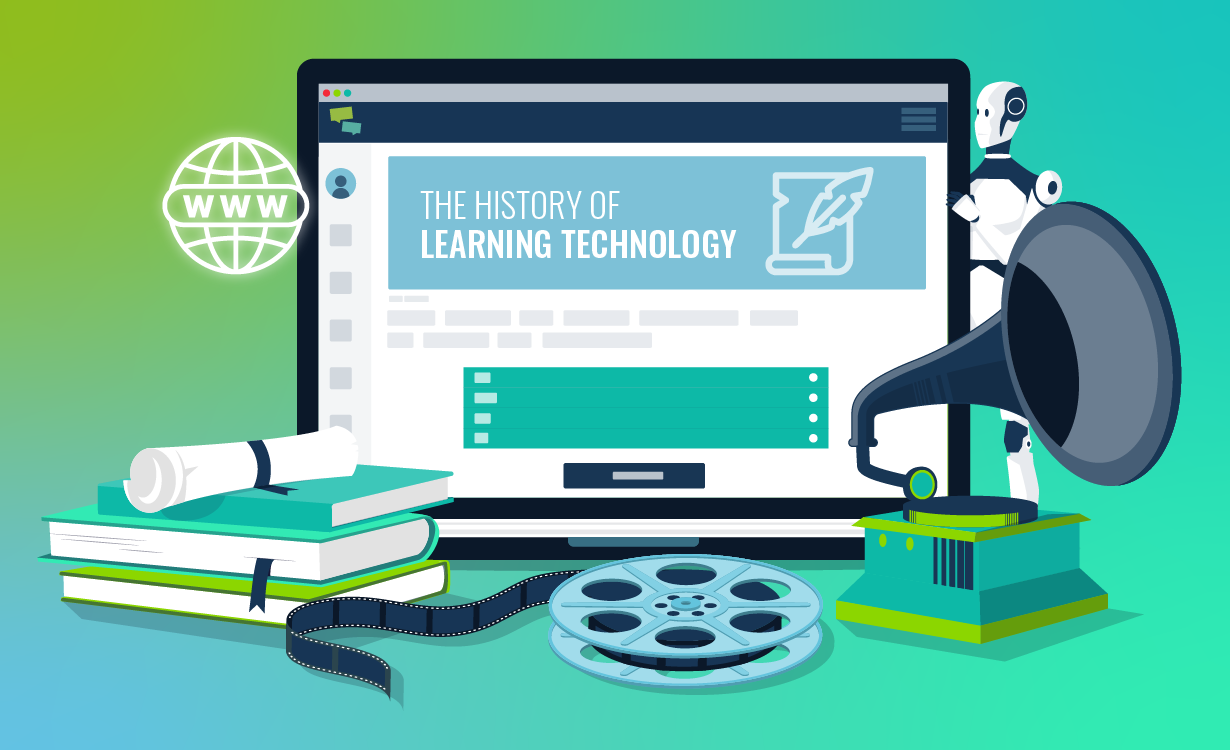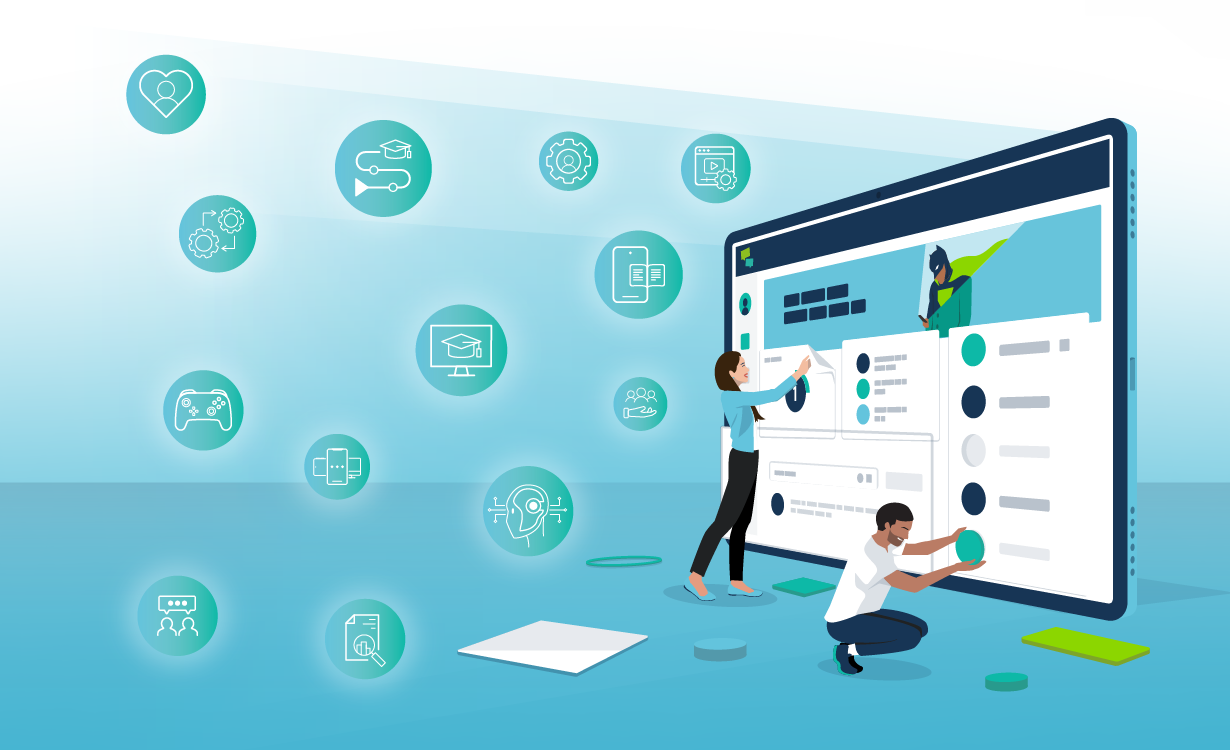 What is Engagement?
What is Engagement?
An engaged employee is an employee who brings their whole self to work. They bring their physical, mental, cognitive and emotional best to their role every day. They do this because they care about your business and the role they play in it.
Engaged employees care. But not because they’re paid to care. They are personally and emotionally invested in the success of your business and understand why their role matters.
You can’t fake this kind of engagement. True engagement comes from an alignment between an employee and the business’s culture, values and mission.
What is Disengagement?
Engagement and disengagement are two sides of the same coin. Engaged employees are optimistic, energised and go above and beyond. Disengaged employees are cynical, lack motivation and only do what they have to do.
An Engaged Employee: The Janitor Who Put A Man on The Moon
In 1962, President John F. Kennedy was visiting the NASA space centre. During the tour, he saw a janitor sweeping a hallway with a broom. The president stopped the tour to speak to the janitor. He said, ‘Hello, I’m Jack Kennedy, what are you doing?’
The Janitor responded, ‘Well, Mr President, I’m helping put a man on the moon.’
This illustrates the difference between an engaged employee and a disengaged employee. The engaged employee understands their role in the business’s mission. The disengaged employee has lost sight of the bigger picture.
Were they in the janitor’s position, they would have responded, ‘Well, Mr President, I’m sweeping this hallway.’
And sweeping hallways is a noble job. But, if an employee is unable to see beyond the end of their broomstick, they’ll miss the rockets launching into space just outside.
Engagement And Purpose
When it comes to engagement, it is essential employees understand the bigger picture. Research confirms what has long been known: people long to be a part of a cause greater than themselves.
At Growth Engineering we call this epic meaning. It’s the idea that for people to feel truly fulfilled in their work, it needs to be more than the completion of tasks. Work needs to be about helping your organisation hit key milestones on route to achieving its mission.
Does Employee Engagement Matter?
Presented in these terms, engagement can seem rather sentimental, sappy and idealistic.
To many hard-nosed business types, engagement is the sort of idea best left to the kind of business that offers its employees free massages on a Thursday afternoon. After all, if engagement isn’t about cold, hard cash, it shouldn’t be discussed in the boardroom, right?
Well, engagement is about cold, hard cash. Businesses are made up of people. How those people perform impacts the bottom line. And, research is very clear that engagement has a tremendous impact on employee performance.
Here are three key statistics to prove the point. Engagement leads to:
1: Increased profitability & productivity
Businesses with the highest levels of engagement have a 22% higher rate of profitability than businesses with low levels of engagement.
2: Outperforming your competition
Organisations with higher engagement outperform their competition by as much as 202%.
69% of disengaged employees would leave a business for a pay rise of just 5%. Only 25% of engaged employees would leave for a pay rise of the same amount.
Is it as Simple as Engagement vs Disengagement?
Engagement is often presented in binary terms. You have engaged employees in one group and disengaged employees in another.
This can be a very helpful way to talk about employee engagement, but it does mask the underlying complexity.
Compare it to how people talk about introverts and extroverts. You can talk in binary terms, or recognise that there is a scale with increased extroversion on one end and increased introversion on the other. In between, it’s full of grey areas that are murky and confusing.
Not everything in life can be neatly labelled, categorised and put into tidy alphabetised boxes.
Engagement is like this. It can be handy to talk in simplistic binary terms, but only as a shorthand. It’s essential to understand that there is a vivid spectrum of engagement levels. You have profoundly engaged employees at one end and disgruntled and disengaged employees at the other.
But there is a wide world of engagement between these two extremes.
To help make sense of the as-yet unexplored region in between, Growth Engineering have created The Engagement Spectrum:
There are six different stages of engagement laid out across a continuum. In the centre, you have a neutral point called pre-engagement (we’re nothing if not optimists!).
Moving to the left, you go through three stages of increasing disengagement: Reluctance, Disalignment and then Toxicity.
Working right from the centre you climb up three stages of increasing engagement: Enjoyment, Alignment and then Ownership.
The Stages of Disengagement
Reluctance
If an employee has Sunday evening dread, that’s reluctance.
Employees in the wrong role will find that work stirs up a sense of dread. This can be because a job is so easy it’s mundane, or the opposite, they could feel out of their depth.
At this stage, it’s often a case of employees needing more support. If you recognise it early it can be easy to transform a disengaged employee into an engaged one! No one is by nature a disengaged employee. They’re in the wrong role, wrong company or simply need more support.
But keep an eye out for reluctant employees. It’s demoralising to keep doing work that makes you unhappy. It’s important to understand this isn’t a failure of the employee. After all, everyone needs a job!
Remember, as an L&D professional, you can help this employee to get pleasure from their role. You can do this by helping them get better at what they do or preparing them for a change.
Disalignment
The next stage of disengagement comes when an employee is a poor cultural fit.
If you don’t enjoy your job and you don’t get on with your team, work can feel like it has nothing to offer you except a paycheque. And whilst everyone needs money, people also want to feel like they belong.
Any employee whose values are out of kilter with the business and who hasn’t bought into the business mission will feel out of joint from day one.
Employees like this might grumble and moan. They might also resent extra work and lack the motivation to work effectively. This means that small jobs can be left waiting at the bottom of the to-do list and big jobs take longer to complete than they should.
Toxicity
When an employee doesn’t like their job and doesn’t mesh with the business, their disengagement can ferment and boil over into full-blown toxicity.
If an employee has reached this stage, then their frustrations will have been left unaddressed for some time. Businesses should address an employee’s frustrations before they reach this stage because toxic employees can become a negative influence on the business.
A deeply disengaged employee will work slowly, lack initiative, complain regularly and find themselves at odds with the business.
But don’t think that a toxic employee is beyond saving. At this point you need to have an honest, open conversation with the employee. Try and find out the source of the problem, then see if you can put a plan in place to help them rekindle their love of your organisation.
The Stages of Engagement
Enjoyment
At this stage employees enjoy the mechanics of their day job. Their responsibilities and workload mirror their talents and capabilities. This makes their work a pleasure. As the saying goes, ‘do what you love and you’ll never work a day in your life.’
Employees at this stage will be a positive influence within your company, albeit a gentle one. As they enjoy their work, you might find them going above and beyond to do it well.
Alignment
Many people think that if you enjoy your work, that’s the best you can ask for. But you can ask for much more.
When an employee loves the culture of a business, then it means they don’t just enjoy the work, they enjoy every aspect of your company, from its mission, to its people and through to its workspace. The relationships they build help them to perform better and enjoy the job more.
In the same way, employees aligned with the values and mission of your business will find that their enjoyment of their job morphs into a whole new thing: fulfilment.
You can expect employees at this stage to be innovative within their role, seeking to creatively drive the business onwards towards the next key milestone.
Ownership
When an employee is the most engaged they can be, it’s a perfect marriage between your organisation and the individual. You share the same values, they slot neatly into the culture of your organisation and your mission has become their mission.
So what’s the difference between Ownership and Alignment? An employee who is aligned with your business loves to work there, but an employee at the Ownership stage loves the business itself.
They see their employer as a force for good in the world, so they try to be a force for good in the workplace.
They’ll make the workplace a nicer place to be. They’ll do everything in their power to make the culture more inviting and positive. They’re also the employees who will have the boldness to bring truly challenging suggestions and highlight key ways to improve.
Finally, a truly engaged employee will have an infectious excitement and an irrepressible energy. Through how they behave and the way they work, they’ll make others feel more engaged!
Why is The Model Arranged Like This?
The different stages of The Engagement Spectrum are like checkpoints in a race. If you want to reach the goal, there is a certain route you have to take.
For example, an employee is unlikely to be engaged with their work if they are aligned with their business’ goals but find their job tedious. Likewise, if an employee is apathetic to the business’s mission but loves what they do, it’s unlikely they will become a toxic employee.
Final Word
Engagement is a complex idea with a lot to it. But, at its core, it’s the degree to which an employee is aligned with your business’s mission and the extent to which they give their energy to play their part.
It’s also clear that engaged employees make a bigger contribution to their workplace. Collectively, they help drive the business forward more effectively than disengaged employees.
At Growth Engineering we know that if you can engage your employees with their learning, then they’ll be better at their jobs. This will enable you to deliver a massive business impact through your training.
Explore our guidebook to learn how to create engaging learning interventions. Or if you want to find out how you can engage your employees to impact your business, you’ll love our guide ‘The Secret to Business Impact’. You can get your copy here!








